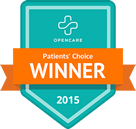 It’s been seven years since the Supreme Court of Canada struck down Quebec’s ban on using private insurance for “medically necessary” services covered by medicare.
It’s been seven years since the Supreme Court of Canada struck down Quebec’s ban on using private insurance for “medically necessary” services covered by medicare.
Little has changed since then, but it looks like the seven-year itch is taking hold, because similar cases in Ontario, Alberta and B.C. are all expected before the courts in the coming months.
Readers may recall the case of doctor Jacques Chaoulli, who argued that prohibiting private health insurance jeopardized the well-being of people who desperately needed treatment, like patient George Zeliotis, who felt the wait for a hip transplant was unreasonably long.
Many predicted the Chaoulli ruling would throw open the floodgates for private insurance in Canada. (Six provinces outlaw the sale of private insurance for medically necessary care, meaning physician and hospital services.)
It did not, for a couple of reasons: 1) the case was fought using the Quebec Charter of Human Rights and Freedoms, so it applied only to Quebec and; 2) the court said the prohibition on private insurance could be justified if wait times were not unreasonable.
The Chaoulli case prompted the provinces to set wait-time benchmarks that have helped alleviate some waits. But, more than anything, the ruling gave ammunition to those who want more “choice” – meaning the ability to buy private care.
You’re going to be hearing a lot more about these cases:
McCreith-Holmes in Ontario: Lindsey McCreith travelled to Buffalo to get an MRI rather than wait four months in Ontario; when the test confirmed cancer, he returned to the United States for surgery, arguing the wait was too long at home. Shona Holmes was losing her vision and an MRI showed a brain tumour. Facing waits of up to six months, she travelled to Arizona for surgery. (Ms. Holmes is the star of a Republican Party ad campaign vilifying Canadian medicare.)
Allen-Cross in Alberta: Darcy Allen suffered debilitating back pain from a hockey injury; after two years, he travelled to Montana for surgery, paying $77,503. Richard Cross paid $24,236 for back surgery in Arizona. Both are asking to be reimbursed by the Alberta public health insurance plan and for the prohibition on the sale of private health insurance to be struck down.
Cambie Surgery in B.C.: Brian Day and four clinic patients are challenging provincial legislation that restricts residents from privately accessing health care services that are also funded under the B.C. Medical Services Plan. The patients include two who had long waits for orthopedic surgery and two with cancer. Dr. Day has been at loggerheads with the province for years and has been threatened with fines for extra-billing patients.
The lawsuits all claim that thousands of Canadians suffer irreversible harm as a direct result of the prohibition on the sale of private insurance. They argue that long waits for care, and the inability to circumvent those waits, violate the right to life, liberty and security of the person guaranteed under Section 7 of the Charter of Rights and Freedoms.
An estimated 40,000 Canadians seek health care in the United States each year, some of it covered by provincial insurance plans. Many more are treated in private clinics with private insurance paid by workers’ compensation plans, which are exempt from provincial prohibitions. And some doctors – about 1 per cent – have opted out of medicare to sell their services, which is perfectly legal.
All this is to say the debate over the role of private delivery of care and private insurance is complex and emotion-laden.
The fundamental issue, however, is whether individual rights trump those of the collectivity.
A single-payer system like Canada’s ensures “free” care to all, but often the result is some rationing, some waits.
The alternative is to offer much more choice but ration access based on wealth: Those with money or private insurance get care more swiftly.
As a result, the argument is often caricatured as rich versus poor, or capitalism versus socialism. Invariably, someone will point to Europe and say: They have two-tier health care there and it works. True, but they have far more regulation than Canada, and private insurance is often the norm not the exception.
The complicating factor in Canada is that the prohibition on private insurance applies only to hospital and physician services. Why are we allowed – sometimes even obliged – to buy private insurance for prescription drugs, eye care, dental care, home care, nursing-home care, etc. – but not for surgery and doctors’ visits?
The logic has been lost somewhere. Worse yet, we have opted to stick our heads in the sand rather than debate these issues openly.
These legal challenges involve issues the provincial health ministers and premiers (who will meet to talk health care late this week in Halifax) should be discussing.
Regardless of their views, politicians and policy makers should agree on one thing: Health policy should be fashioned by elected officials, not the courts.
Written by: ANDRÉ PICARD/The Globe and Mail

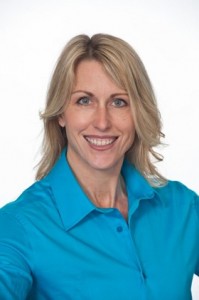

 The Canadian Breast Cancer Foundation – BC/Yukon Region (CBCF) is proud to host the Ask an Expert event in Victoria, BC on Tuesday, October 30th 2012 at 7pm at the Vic Theatre, 808 Douglas St., Victoria.
The Canadian Breast Cancer Foundation – BC/Yukon Region (CBCF) is proud to host the Ask an Expert event in Victoria, BC on Tuesday, October 30th 2012 at 7pm at the Vic Theatre, 808 Douglas St., Victoria.
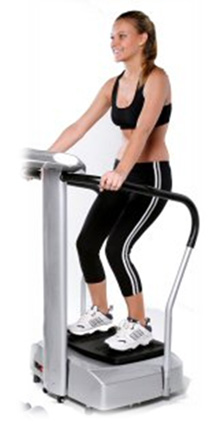 In the last decade, vibration training was mainly used in the fitness industry, but the use of vibration equipment has now expanded and is widely used in physical therapy, rehabilitation, professional sports, and is increasingly used in beauty and wellness applications. There is an abundance of research worldwide that highlights the benefits of Whole Body Vibration. Studies have shown remarkable results for improved fitness and health in a fraction of the time, compared to traditional exercise.
In the last decade, vibration training was mainly used in the fitness industry, but the use of vibration equipment has now expanded and is widely used in physical therapy, rehabilitation, professional sports, and is increasingly used in beauty and wellness applications. There is an abundance of research worldwide that highlights the benefits of Whole Body Vibration. Studies have shown remarkable results for improved fitness and health in a fraction of the time, compared to traditional exercise.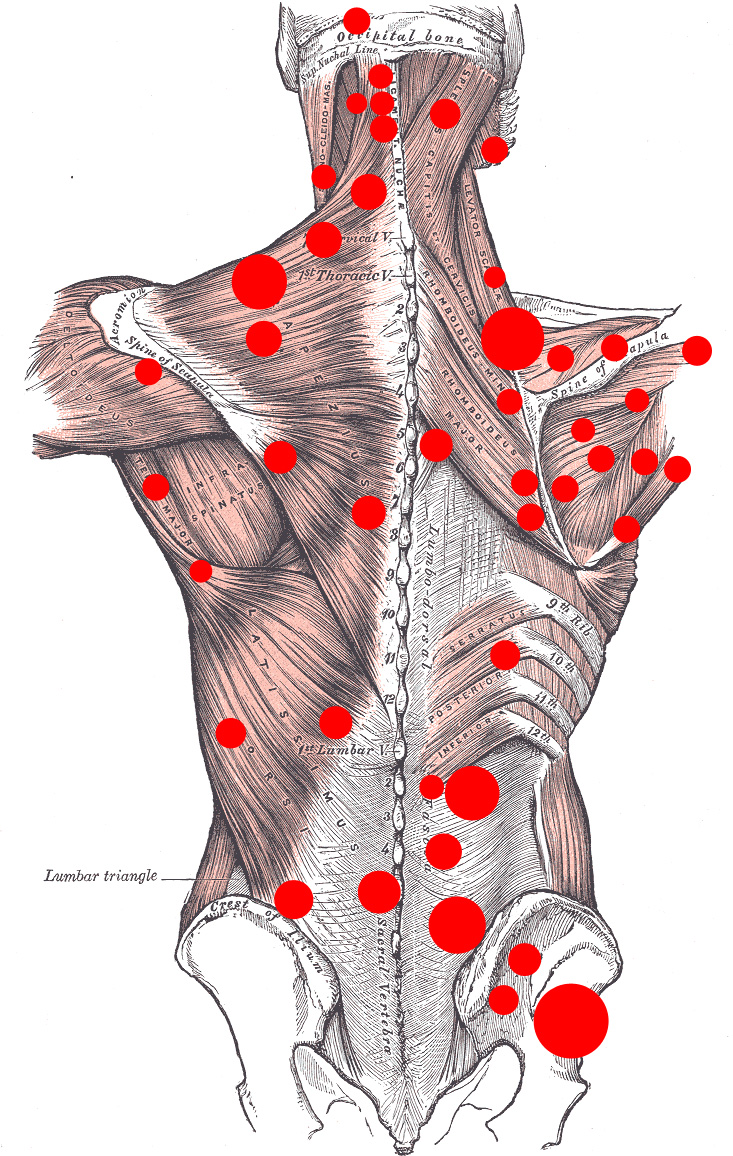 Myofascial pain syndrome is a chronic musculoskeletal pain disorder that can involve either a single muscle or a muscle group. It refers to pain and
Myofascial pain syndrome is a chronic musculoskeletal pain disorder that can involve either a single muscle or a muscle group. It refers to pain and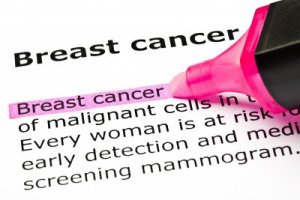 When Tracy Tarnowski was diagnosed with breast cancer, she opted to have a double-mastectomy, even though her malignancy was confined to only one breast. But the tumour was widespread and aggressive – and she wasn’t about to take any chances.
When Tracy Tarnowski was diagnosed with breast cancer, she opted to have a double-mastectomy, even though her malignancy was confined to only one breast. But the tumour was widespread and aggressive – and she wasn’t about to take any chances. Scientists have just found a way to use DNA to send massive amounts of data between cells, which means we soon may be able to give our cells incredibly complicated instructions.
Scientists have just found a way to use DNA to send massive amounts of data between cells, which means we soon may be able to give our cells incredibly complicated instructions. It’s been seven years since the Supreme Court of Canada struck down Quebec’s ban on using private insurance for “medically necessary” services covered by medicare.
It’s been seven years since the Supreme Court of Canada struck down Quebec’s ban on using private insurance for “medically necessary” services covered by medicare.